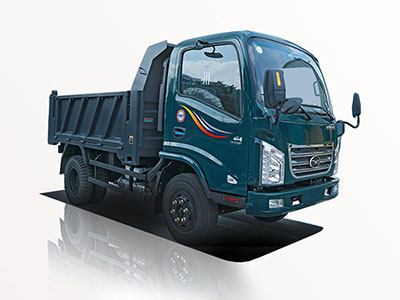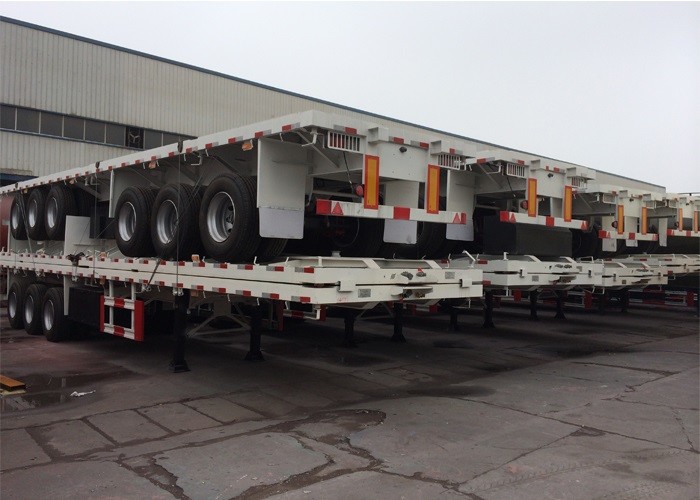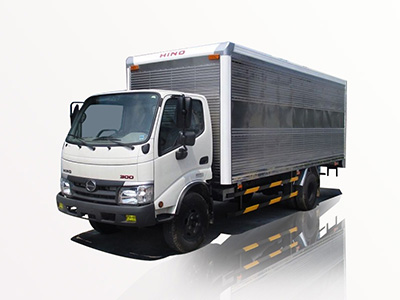Dump trucks are essential vehicles in construction, mining, and garbage disposal industries, and one of their key components is the lift cylinder. This hydraulic cylinder enables the dump truck’s bed to lift and tilt to unload its contents efficiently. This article dives deep into the workings, types, maintenance, and importance of dump truck lift cylinders, ensuring you understand everything you need to know.
What is a Dump Truck Lift Cylinder?
A dump truck lift cylinder is a hydraulic component responsible for lifting the truck’s bed to allow for the unloading of materials. When activated, the hydraulic fluid is pumped into the cylinder, forcing the piston upward and tilting the bed. This crucial function is essential for the performance and utility of dump trucks in various applications.
The Importance of Lift Cylinders in Dump Trucks
Lift cylinders play a critical role in dump trucks. Here are several reasons why they are vital:
1. Efficiency in Material Handling
Lift cylinders improve the efficiency of unloading materials such as soil, gravel, and debris. The quick lifting and dumping capability saves time on job sites.
2. Increased Safety
Proper functioning lift cylinders help prevent accidents. A well-maintained lift cylinder reduces the risk of bed collapse or unstable loads during the dumping process.
3. Enhanced Productivity
With efficient unloading mechanisms, dump trucks equipped with lift cylinders increase productivity, enabling operators to handle more material in less time.
4. Versatility
Dump truck lift cylinders are designed to work with various materials and can be used in multiple industries, showcasing the versatility of these hydraulic components.
Components of a Dump Truck Lift Cylinder
Understanding the components of a lift cylinder can give insights into its operation and maintenance:
- Piston: This component moves within the cylinder, creating pressure to lift the dump bed.
- Cylinder barrel: The main body where the piston operates; it holds hydraulic fluid.
- Rod: Connects the piston to the dump bed and transfers the lifting force.
- Seal: Prevents hydraulic fluid leaks, ensuring efficient operation.
- End caps: Seal the ends of the cylinder, holding everything in place.
How Dump Truck Lift Cylinders Work
Hydraulic System Basics
Dump truck lift cylinders operate based on basic hydraulic principles. Hydraulic systems use incompressible fluid to transmit force and motion.
The Lifting Process
- The operator engages the hydraulic pump, which directs fluid into the lift cylinder.
- The fluid enters the cylinder, pushing the piston upward.
- The piston’s movement raises the dump bed.
- When the bed reaches the desired height, the operator can tilt it to dump the load.
Types of Dump Truck Lift Cylinders
Dump truck lift cylinders come in different types, each offering distinct advantages:
1. Single-Acting Cylinders
These cylinders use hydraulic power to lift the dump bed and rely on gravity or external force for lowering. They are simpler but less efficient for heavier loads.
2. Double-Acting Cylinders
Double-acting cylinders utilize hydraulic power for both lifting and lowering. They provide better control and efficiency, making them more common in modern dump trucks.
3. Telescopic Cylinders
This design features multiple stages that extend further than standard cylinders. It allows for higher lift heights in a compact form, ideal for trucks with limited bed height.
Common Issues with Dump Truck Lift Cylinders
1. Hydraulic Fluid Leaks
Leaks can compromise the system’s efficiency and cause component failure. Regular inspections can identify wear and tear that leads to leaks.
2. Lack of Power
If the cylinder does not lift the bed effectively, it may indicate hydraulic fluid issues, such as low levels or contamination.
3. Rod Damage
Scratches or bends can affect the efficiency and longevity of the rod. Regular checks are essential for early detection and prevention of further damage.
4. Seals Wear Out
Seals can degrade over time, leading to fluid leaks. Timely replacement of seals can maintain cylinder performance and prevent costly repairs.
Maintenance Tips for Dump Truck Lift Cylinders
1. Regular Inspections
Inspect the cylinder, rods, seals, and hoses frequently for signs of wear or damage.
2. Fluid Checks
Ensure the hydraulic fluid levels are adequate and that the fluid is clean. Contaminated fluid can cause severe damage to the hydraulic system.
3. Seal Replacements
Regularly check and replace seals to prevent leaks and maintain pressure within the cylinder.
4. Lubrication
Keep moving parts well-lubricated to reduce friction and wear, extending the cylinder’s lifespan.
Practical Examples of Dump Truck Lift Cylinder Applications
| Industry | Application | Benefits |
|---|---|---|
| Construction | Hauling dirt and aggregates | Efficient unloading speeds save time and labor costs. |
| Mining | Transporting minerals and waste | Reduces downtime with swift unloading processes. |
| Waste Management | Collecting and dumping waste | Improves safety and hygiene on job sites. |
Choosing the Right Dump Truck Lift Cylinder
Selecting the right lift cylinder for your dump truck depends on various factors:
1. Load Capacity
Consider the weight of materials the dump truck will transport regularly. Choose a lift cylinder with an appropriate load capacity to avoid mechanical failure.
2. Lifting Height
Evaluate the required lifting height for your applications, ensuring that the cylinder can accommodate the necessary range.
3. Compatibility
Ensure the selected lift cylinder is compatible with your dump truck’s hydraulic system to avoid inefficiencies or damage.
4. Quality and Durability
Invest in high-quality cylinders made from durable materials to minimize repairs and maintenance costs.
FAQ Section
1. What is the average lifespan of a dump truck lift cylinder?
The lifespan can vary based on usage and maintenance but generally ranges from 5 to 10 years.
2. How often should I inspect my dump truck lift cylinder?
It’s advisable to inspect the lift cylinder at least every three months and after any heavy usage.
3. Can a damaged lift cylinder be repaired?
In many cases, yes, damaged seals and rods can be repaired or replaced, but significant damage may require a full replacement.
4. How can I tell if my lift cylinder is failing?
Signs include unusual noises, slow lifting, leaking hydraulic fluid, or visible damage to cylinder components.
5. What type of hydraulic fluid should I use?
Refer to your manufacturer’s specifications for the recommended type of hydraulic fluid for optimal performance.
6. Can I install a lift cylinder myself?
While it is possible, it is recommended to consult a professional to ensure correct installation and avoid potential safety hazards.






